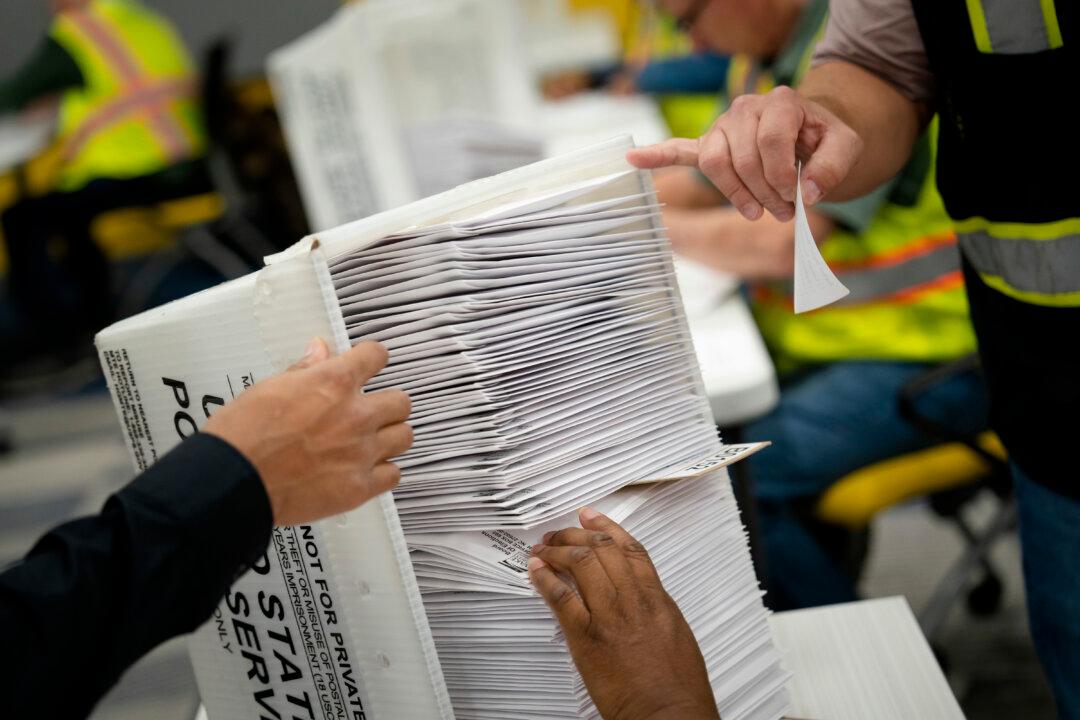A photo that purports to show a “diamond-encrusted” Boeing 777 isn’t what it seems: it’s actually a very clever Photoshop job.
The picture nonetheless has generated viral attention on social media after Emirates Airlines posted the photo. “Presenting the Emirates ‘Bling’ 777. Image created by Sara Shakeel,” it tweeted.
The airplane is shown parked in a terminal at an undisclosed airport, surrounded by trucks while shining in the sunset.
The picture, however, fooled a lot of people. “Is this real or Photoshop,” asked one person, and another person added: “Is this real or am I dreaming? Please say this is real, it’s so beautiful.”
“My plane has been on the news lately, confirming whether it’s real or not,” she also wrote, adding “I truly and honestly made the diamond plane for the love of trip and the excitement (sic).” She added that she would never think it would have gone viral, being featured on news websites. On Instagram and Twitter, tens of thousands of people shared the photo under the impression that it was real.
An Emirates spokesperson told Gulf News that Emirates didn’t have one of its planes covered in diamonds and jewels.
“We just posted an art piece made by crystal artist Sara Shakeel,” said the spokesperson. “I can confirm it’s not [real].”
One person on social media said the weight of the crystals and diamonds would create serious problems.
“Unfortunately not possible technically. The plane will have added extra weight and some serious safety issues then,” the person said.
Asked another person, “People seriously think the inside of the engine is covered in diamonds????” Said another, “Fake! ... Unless aircraft engine intakes can work stuffed full of rocks? Take a closer look folks!”
Another joked: “Lmao the weight of those rocks will weigh that bird down so much.”
Shakeel is a Pakistan artist, who used to be a dentist, and posts digitally edited images covered in crystals and diamonds. “I add crystals and diamonds to the most ordinary objects of everyday life,” she said, according to the Gulf News.
For example, she added crystals to the steam of a cup of tea or coffee.
How to Tell When Something is a Hoax?
Internet hoaxes have been around as long as the Internet itself, from the days of Usenet to Twitter, Facebook, and Instagram.“If it seems too good to be true, it probably is,” it adds. “That nice Nigerian man is never going to give you huge amounts of money for helping him liberate money from his dead uncle’s bank account. (Do you even know anybody in Nigeria?) The FBI calls these ”Advance Fee Schemes“ and people fall for them all the time—losing their own money in the process. Don’t be one of the losers!”
It also says not to believe every negative thing you hear about well-known people.
“At the opposite end of the spectrum, don’t believe every bad thing you read about public figures. As extreme as some celebrities and politicians may be, none of them have done everything they are accused of doing,” the website says.
It said that when posting, consider if it will do any harm to post.
Why Create an Internet Hoax?
Dr. Glenn Wilson, a psychologist, also talked about individuals’ motives for creating hoaxes.“People have various motives…Some people might be overly helpful. They could have some information, and then embellish it. Others might be outright malicious…[These] are probably fantasists, anxious to help or to associate themselves with events…A lot of callers are attention-seekers,” he said.
A hoax, he said, has a “sense of potency.”
“They may be people who feel they make no impact on the world, and this is one way they can do that, rather as fire-setters start fires then stand back to admire their handiwork. They see people running around and think `I did that!' For people who feel they have no power, it is the capacity to influence events,” he stated.
“There may be an element of exhibitionism, of getting into the public eye,” Wilson added. “For the time on the phone, at least, everybody is terribly interested in what they’ve got to say. Anonymity spoils things, but they might deliberately then get caught, and might even become famous as a result, in a rather lesser way than those who kill a celebrity: they get fame in a very backhanded way. [Not all nuisance callers are knowing hoaxers: some probably, genuinely believe they have something to offer]. I suppose they may think they are being helpful…perhaps telling police where a body might be found. They might really think they are psychic. They’re not trying to be obstructive; they just want to get in on the act.”





